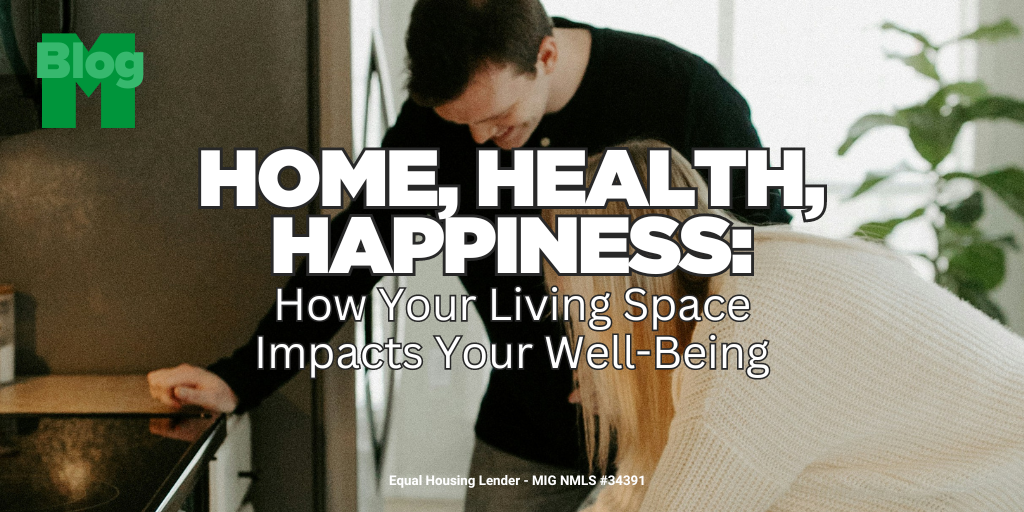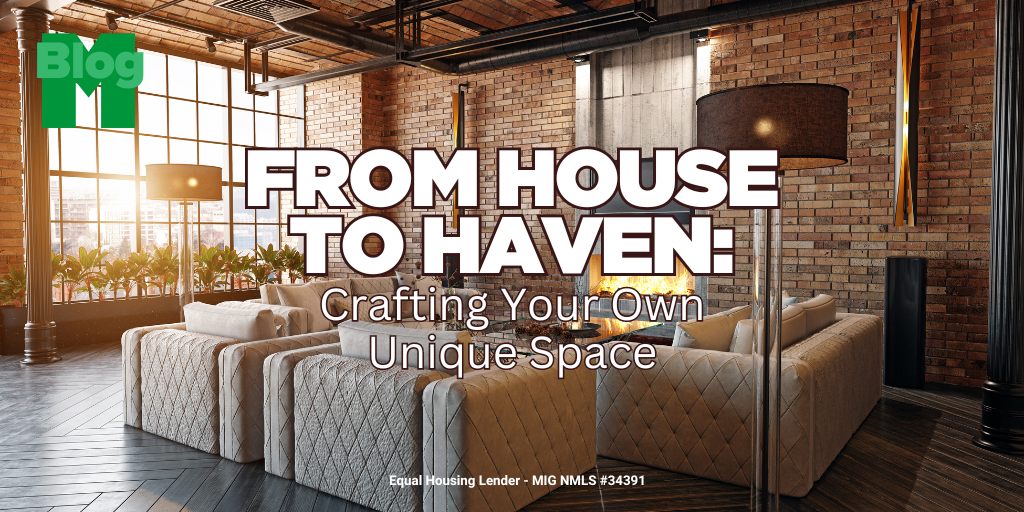
Realtor Radar: Mastering the Art of Virtual Tours
Everyone is all about instant gratification today, including homebuyers! They no longer want to wait for an appointment to see a home. They want to be able to hop onto their favorite real estate website and see a virtual tour so they know if they should take the time to see the house.
To succeed as a real estate agent, you must be willing to create virtual tours that bring in more homebuyers to compete in today’s online world.
But, like any new technology, there are a lot of decisions to make and tricks to know. Here’s everything you must know about mastering the art of virtual tours.
What is a Virtual Tour?
Just as the name suggests, a virtual tour provides a 3D or digital representation of the house. It’s meant to make the viewers feel like they are in the home and excite them to come see it.
Virtual tours are online, and buyers don’t need any special equipment to view them. They can click on a listing or watch the tour on your website to get a feel for what a house offers and decide whether to visit it in person.
This is your first impression and first chance to get more people in the door. It speaks much greater volumes than listings with words and even pictures because it makes viewers feel like they are there.
Types of Virtual Tours
Fortunately, you have many options for creating virtual tours, including 3D, 360-degree tours, or walking tours.
- 3D tours aren’t videos like most people think. They are made from static photos taken with a panoramic camera lens. It’s the 3D virtual tour software that makes them 3D tours. 3D tours give your viewers a more realistic and interactive view of the property and allow them to see the property from different angles.
- 360-degree tours are easy to include in listings and on various websites. Like 3D tours, they give a different perspective of the home by providing views from different angles. They are created by using multiple shots of the same room but from different perspectives, giving that ‘walk-through’ feeling.
- Walking tours are the oldest type of virtual tour, and they have been used for many years. An agent usually guides them and can either have words or be silent. They aren’t interactive since they are videos, but they give a real-life perspective of the property.
Take a look around at your competition and see what people in your area like. 3D is great in some areas; in others, walking tours are just fine! Gauge your audience and see what they prefer. Some think walking tours are more personal, and others want to be able to view the house how they want with more interactive tours.
10 Steps to Creating the Best Virtual Tours
No matter the type of virtual tour you decide to include in your listings or on your website, it’s important to know the steps to creating the best virtual tours.
- Choose the Best Type of Virtual Tour for your Needs
Before creating a virtual tour, decide which will create the desired results. Determine your target audience and the type of virtual tour that will suit them the most. You’re looking for a tour that will create the most response and turn into more requests to view the property in person.
- Get the Right Equipment
Don’t get overwhelmed by the thought of having expensive equipment. You’ll basically need a DSLR camera and some accessories to make it easier on yourself, like a tripod, fisheye lens, and carrying case. If you’re doing 360-degree photos, look for a panoramic tripod that helps you create panoramic pictures.
- Purchase the Best Software
The software is where you’ll make or break your virtual tours. I suggest starting with an inexpensive program first to see what it’s all about. As you gain experience, you can invest in more expensive software. Some programs, like Matterport, offer a free plan for you to try your hand at 3D tours to see if it’s something you can use.
- Stage Each Room you Will Include in the Tour
Just like you’d stage a room when you show the house or take listing pictures, you should do the same for your virtual tours. Declutter each room, ensure there’s nothing in the way of the lens where you’ll plant the camera, and make each room look as large and attractive as possible.
- Create a Tentative Plan for the Tour
Before diving into your tour, create a plan. Walk through the house and plan your shots, knowing where you’ll stand in each room and in what sequence you’ll tour the house. As you test your route, you may find it’s not methodical, and you must start over. Doing this before you shoot can save you a lot of aggravation.
- Choose the Best Angles for Each Room
As you plan your shots, look for the best angles, not just to make the room look bigger but to ensure you have the best lighting, too. Check out the rooms at different times of the day so that you capture them in their best lighting.
- Take Test Pictures
Take some test shots before starting your tour. Look at them through the lens of a buyer, examining things like lighting, angles, and everything you can see in the pictures. Ensure all clutter is removed and the pictures show the room in the most attractive manner.
- Create the Virtual Tour
After taking all your shots, it’s time to create your tour! You’ll follow the steps provided by the virtual tour software you chose. You can also outsource this step to an assistant or a freelancer.
- Optimize the Tour for SEO
After creating your virtual tour, you must add keywords, meta tags, and relevant descriptions so the search engines pick it up when homebuyers search your relevant keywords.
- Share your Tour
Share the tour with as many audiences as possible when it is complete. Send out emails, share them on your social media pages, and put the link on any advertisements you use to share your current listings.
Pros and Cons of Virtual Tours
If you’re unsure about including virtual tours in your listings, here are some pros and cons to consider.
Pros
- Less wasted time: There’s nothing more frustrating than spending time in your day showing the house only to find that it doesn’t fit the buyer’s needs. Virtual tours give buyers insight on what to expect and whether the house meets their needs/wants. If not, they can move on without wasting your time, allowing you to focus on interested buyers.
- More accessibility: Out-of-town buyers are often limited in the properties they can see due to time constraints. Offering virtual tours widens your audience, allowing you to appeal to more buyers and potentially selling the home faster.
- Greater appeal: Buyers are likelier to engage with homes with a virtual tour. They are likelier to click the link to learn more and potentially engage with you about the property.
- More warm leads: Buyers who have had a chance to view the home online before seeing it in person may already be excited about certain features or have specific questions. Rather than seeing the home for the first time, they may have more pointed questions or be able to make a decision faster when seeing it in person.
Cons
- Less opportunity for engagement: Since you aren’t present during a virtual tour, you miss the opportunity to talk to buyers and provide them with more information about the house. This can decrease your chances of making a sale.
- Misrepresentation: It’s easy to misconstrue what you see online. Without someone to ask questions to during the tour, buyers may be misinformed or assume incorrect things about the house, reducing your risk of making a sale.
Final Thoughts
Virtual tours are a key component of your real estate listings. They add time to creating listings and selling a home, but they can be instrumental in increasing your audience, getting more leads, and selling the home faster.
It’s not hard to create virtual listings, and if you need help, an assistant or outsource freelancer can do the work behind the scenes while you work on selling the properties. The key is to have proper staging, quality photos, and great virtual tour software for the best outcome.



